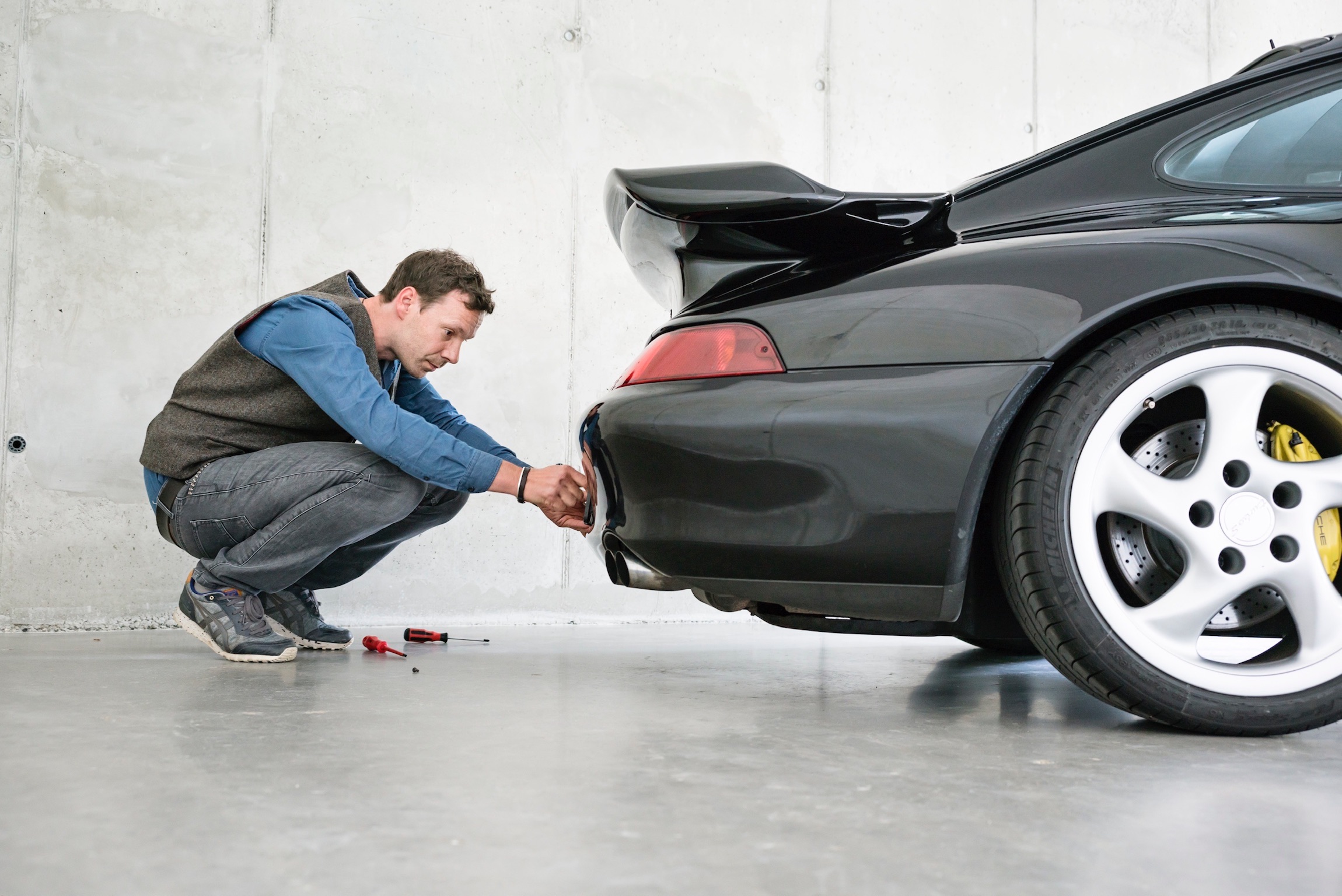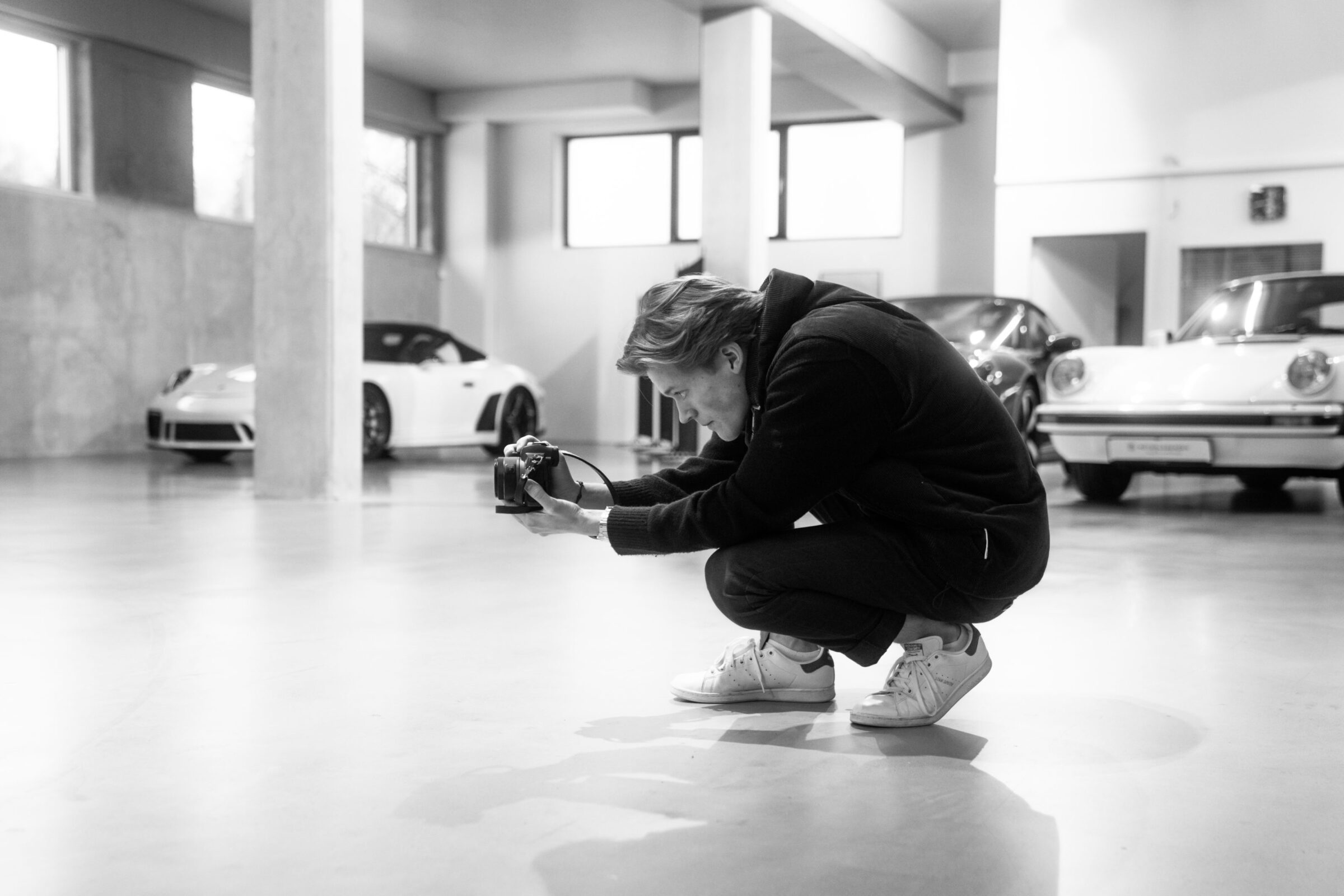Bugatti – La Fabbrica Blu
Sometimes you experience unexpected things. This is the best way to begin this special story. But first things first. The team of Secret Classics was quite active this year around the 110th anniversary of Bugatti. In March, we were standing in the front row in Geneva when La Voiture Noire entered the exhibition stage. In September we visited the La Marque celebrations in Molsheim and saw the Bugatti Centodieci for the first time. With this strictly limited edition model, we have now come full circle for the last stage of this year.
The dream of visiting the old Bugatti factory in Campogalliano, Italy, was long cherished. These premises present proudly and visibly, directly next to the A22 motorway from Verona to Modena. However, it was unclear whether the old factory, which had been empty since the bankruptcy of the Bugatti brand under Romano Artioli in 1995, could be visited at all. So we gave it a try, left the motorway at the exit Campogalliano and followed the navigation system. Arrived at the factory gate we were standing in front of closed barriers and now the story really starts. There was a sign with two telephone numbers that you should call if you want to visit ‘La Fabbrica Blu’. Of course we didn’t let them tell us that twice. At the other end of the line Enrico Pavesi picked up the phone. Enrico and his father, the former janitor of the factory, still look after the site. Since Enrico is a student at the University of Modena in his main job, it is advisable to make an appointment in advance. No sooner said than done, nothing else stood in the way of our visit.
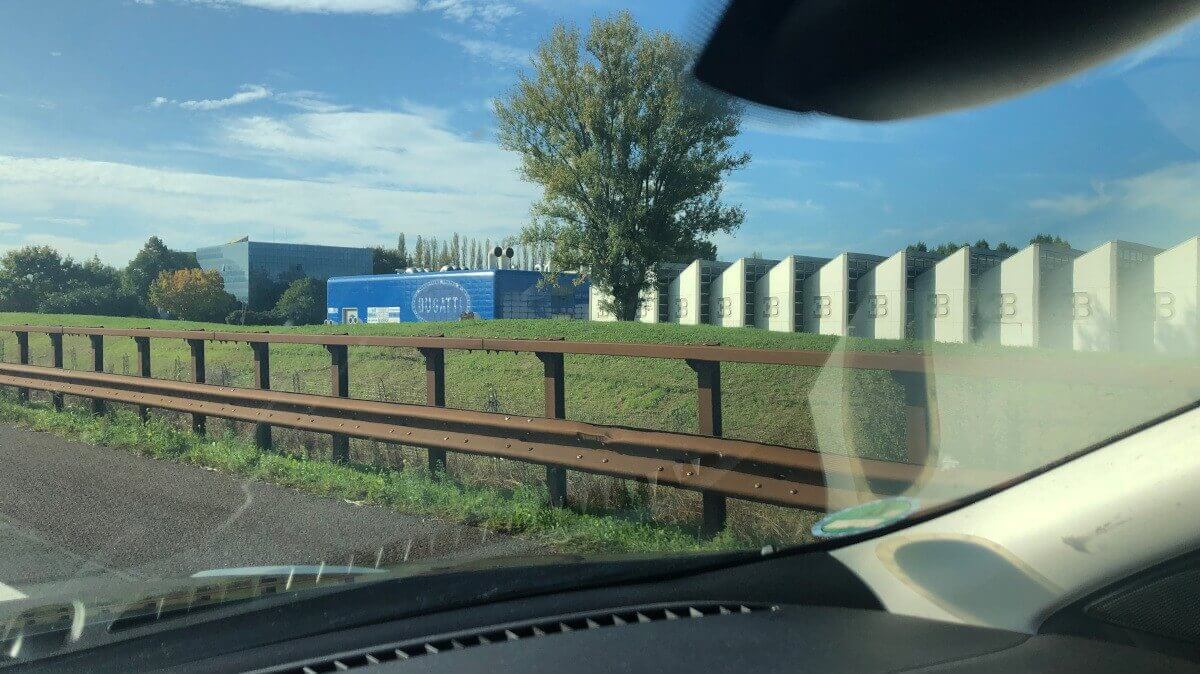



















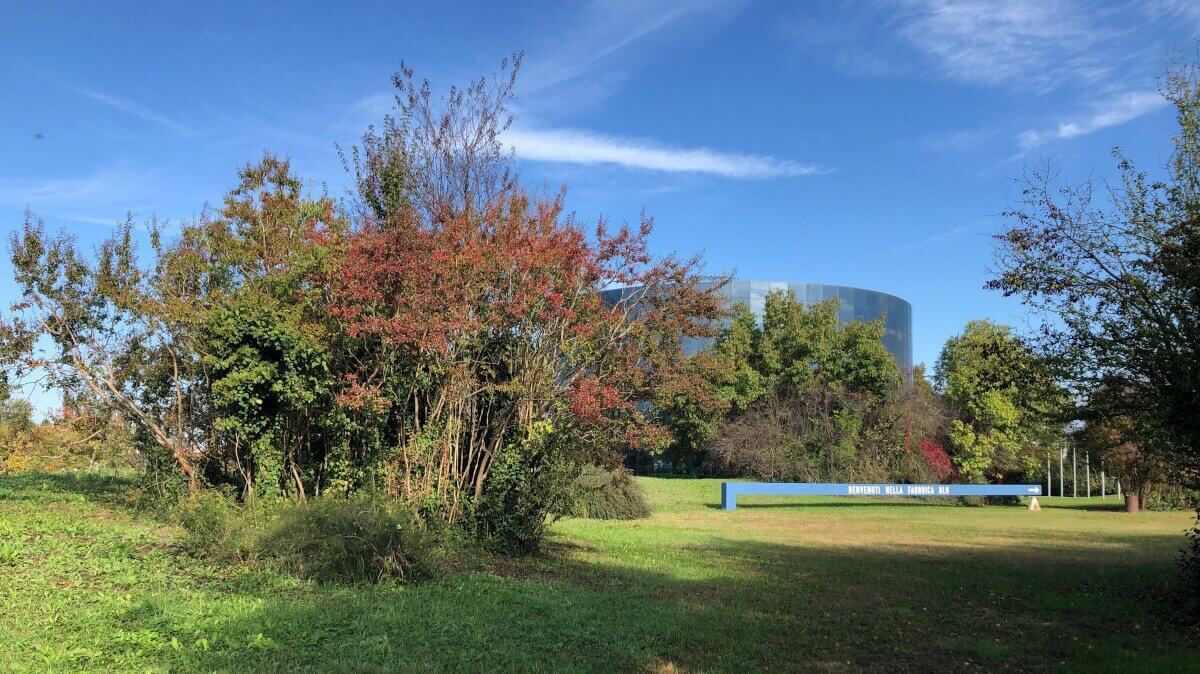



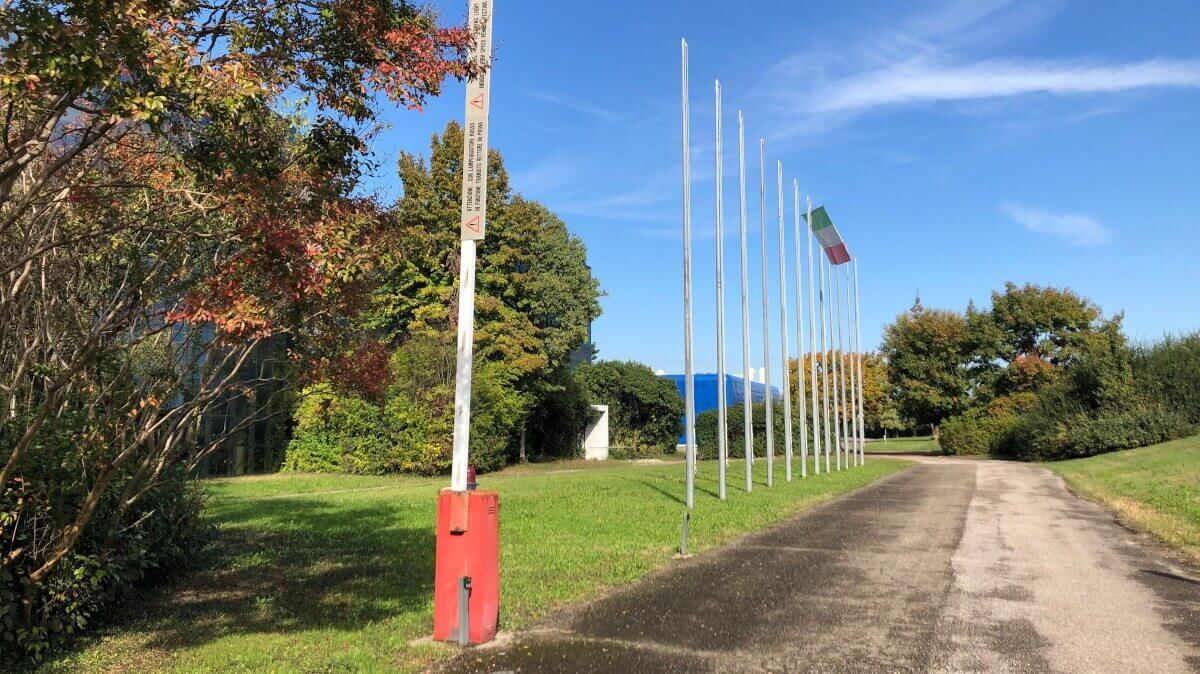







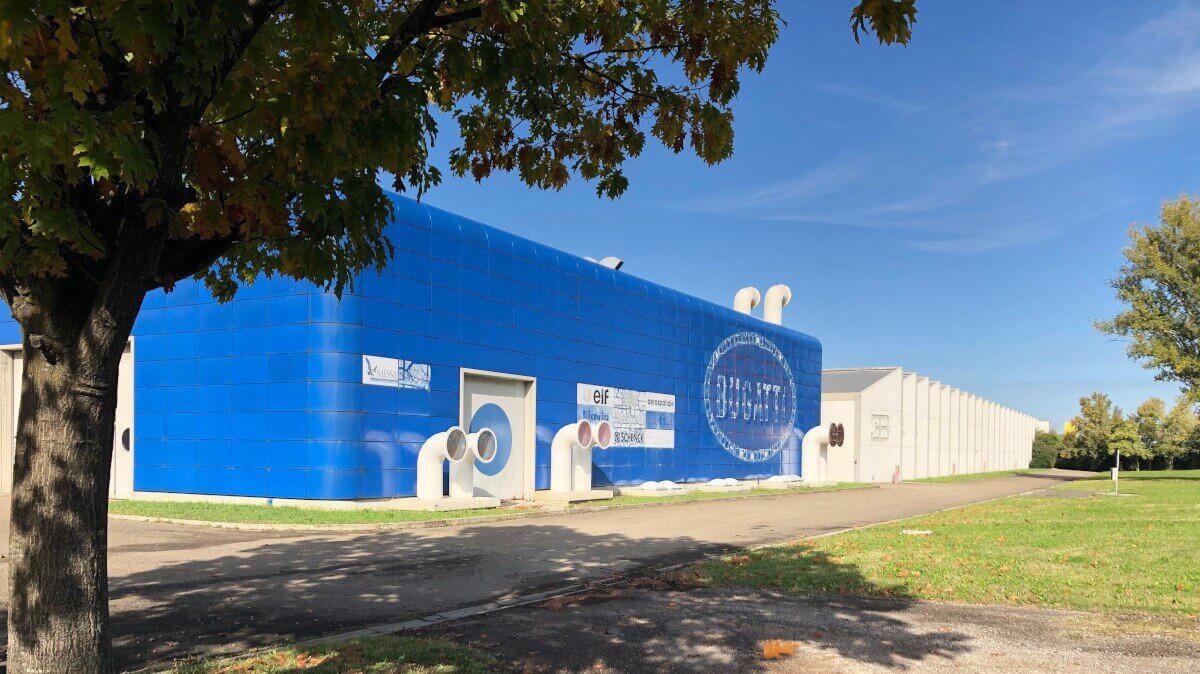























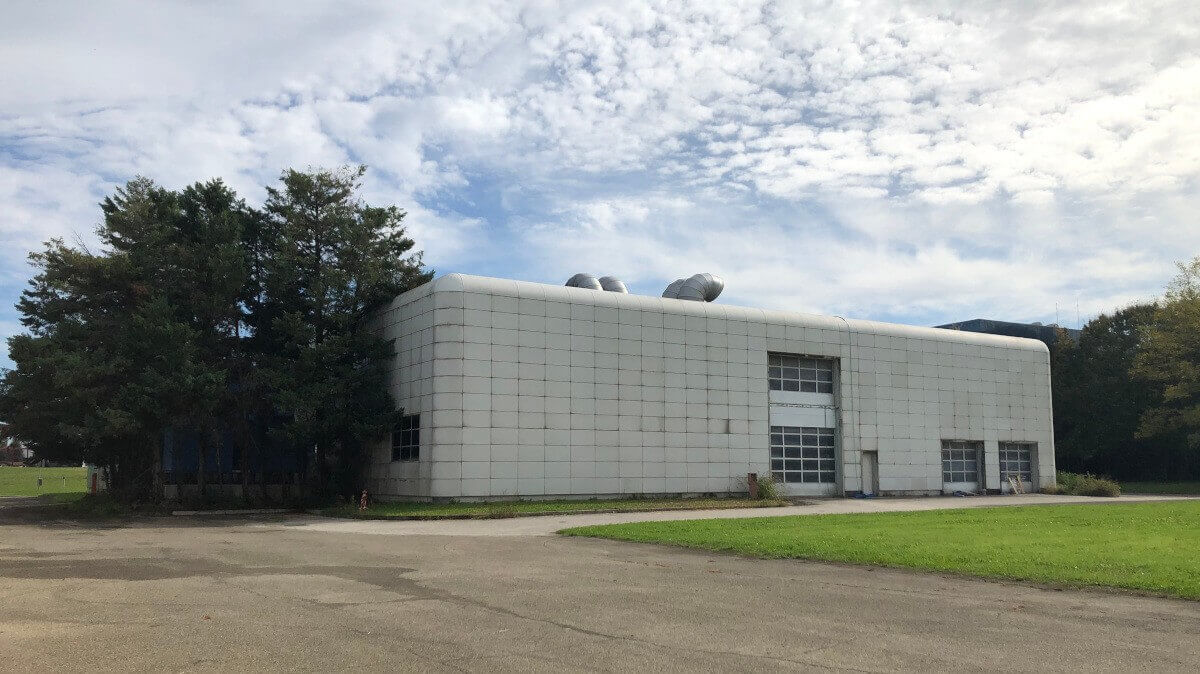







Together with Enrico we walked past the striking blue building to the former production halls. It is still impressive today how much love for detail Romano Artioli had back then. All outside walls are decorated with the Bugatti EB logo and inside it is incredibly bright and friendly. What was the atmosphere like back then, when the cars still rolled off the production line? Next to the former vehicle assembly was the engine department, where the cylinder heads and engine blocks were machined. Here the chips of the original Bugatti aluminium are still lying on the floor. The engine department leads to the former canteen. There you immediately notice a wooden door on the wall. This originally comes from the former old Bugatti factory in Molsheim. The fact that this door is still here in Campogalliano is due to the bailiff. In Italy, a door is regarded as a supporting part of a building and therefore it wasn’t allowed to remove this door. With it Romano Artioli deliberately wanted to set a sign and a connection to the past. “To understand where you want to go, you have to know where you come from”. The door from Molsheim stands exactly for this quotation from Romano Artioli.
At the end of the tour you will visit the former administration building. At the entrance on the left is the former brand shop, where now the clothes of the workers are exhibited. The most impressive part of the building is the circular area, which is bright and integrated into all three floors. This circular area, in which the design department, among other things, was accomodated at that time, is constructed as a load-bearing structure. Enrico is fully involved and fills the empty buildings with life and stories from the past. Romano Artioli shaped the employees and when it was over, almost everyone had tears in their eyes. It was more than just a job for them, it was a dream come true to work there and to be part of this story.
But what exactly happened back then? Of course, the conversation also comes to that. Why did Bugatti go broke? How did it come to this? A few years ago, a student at the University of Modena wrote his diploma thesis on exactly this topic. He came to the conclusion that Bugatti could have survived. At the time of the closure, they had debts of almost five million euros. However, the factory site alone was already worth almost 100 million euros. In the books they had scarcely 80 pre-ordered sports cars of the type EB110. Financially it doesn’t seem to have looked at all bad. But there were several points that came together. On the one hand, the market launch of the EB112 sports sedan was delayed by various problems. This was of course money, which was missing in the cash registers. On the other hand, it seems that the production vehicles were manipulated. At the end of the assembly line in quality inspection they found three cars, which were built all one after the other and intended for the German market, with irregularities noticed at the steering gear. Then a camera surveillance system was installed in the factory, but the cause was never found.




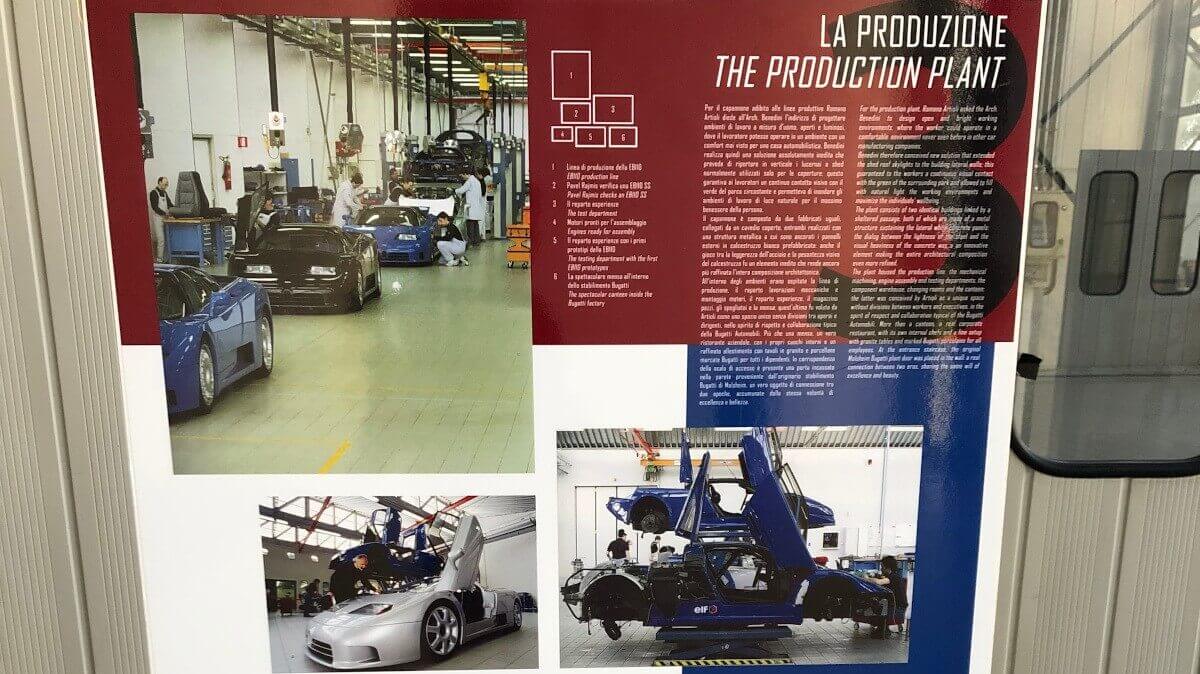











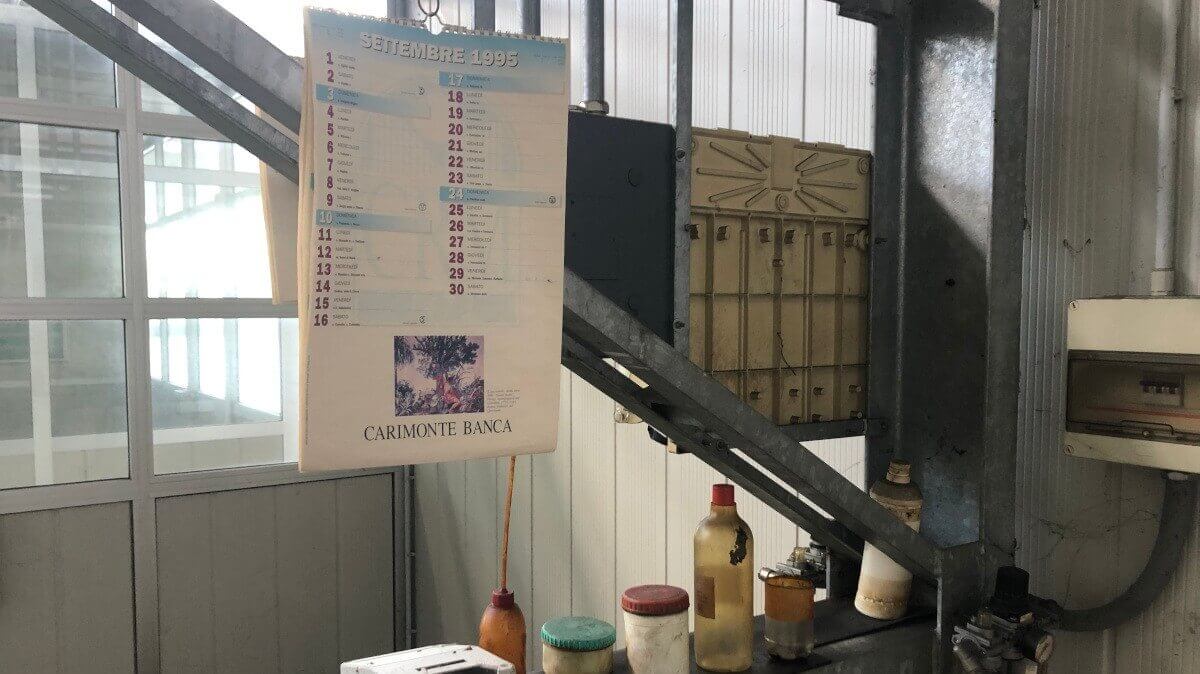



























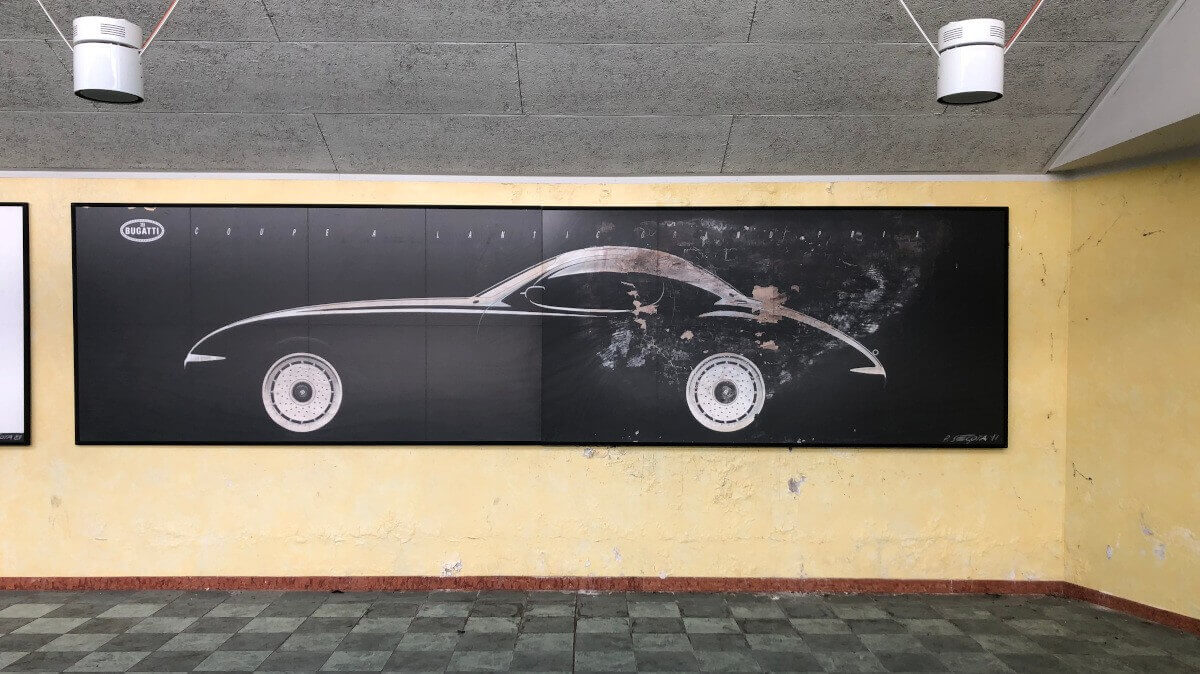























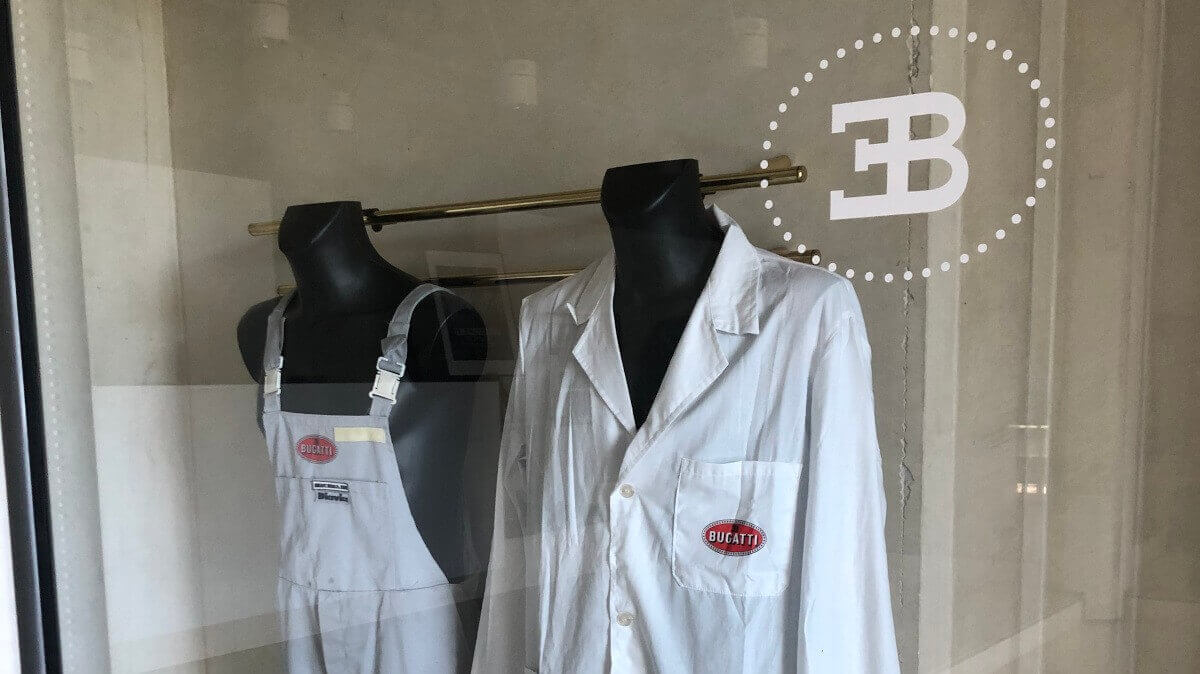



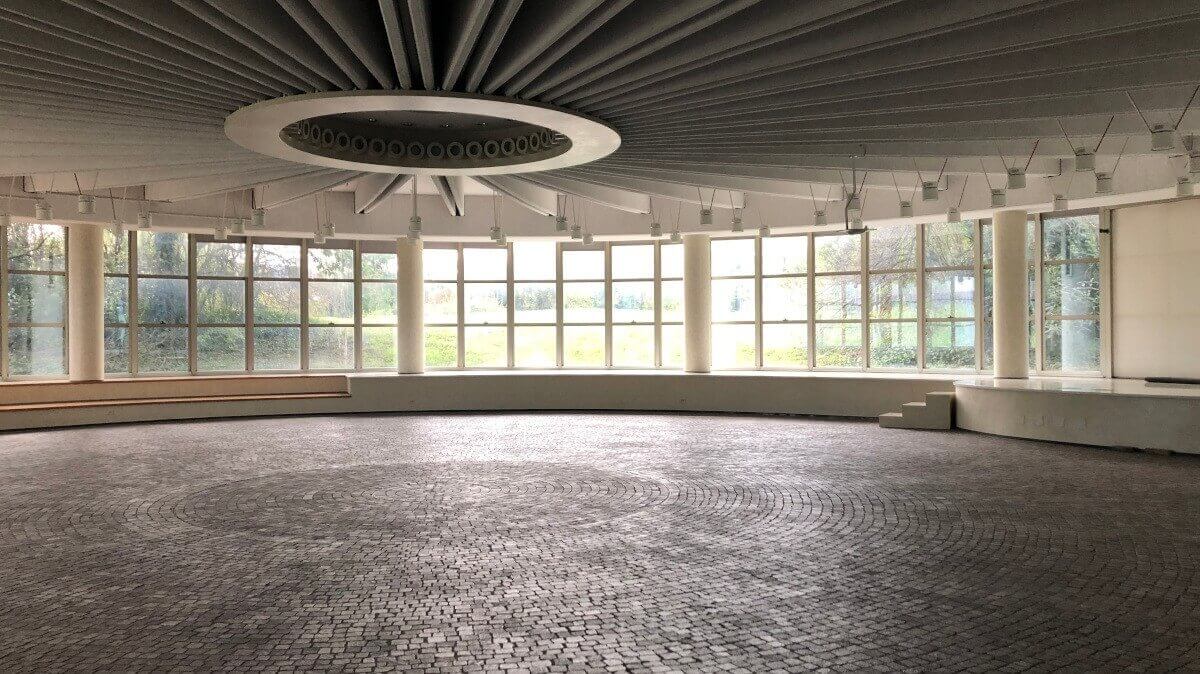



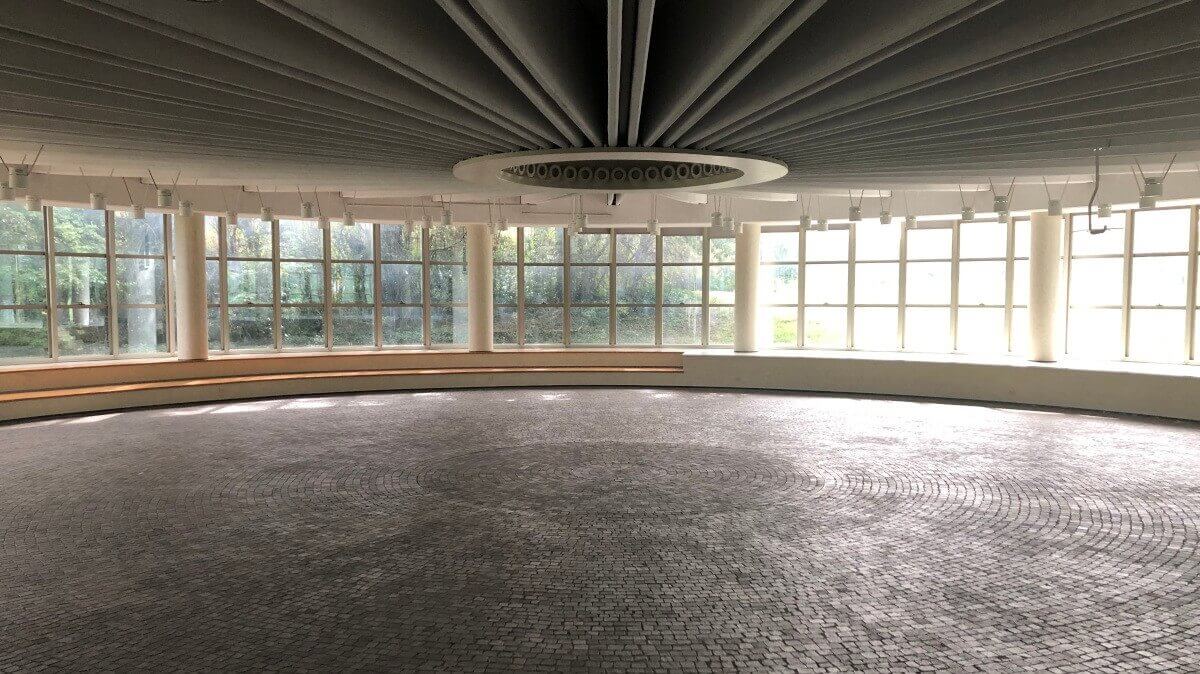











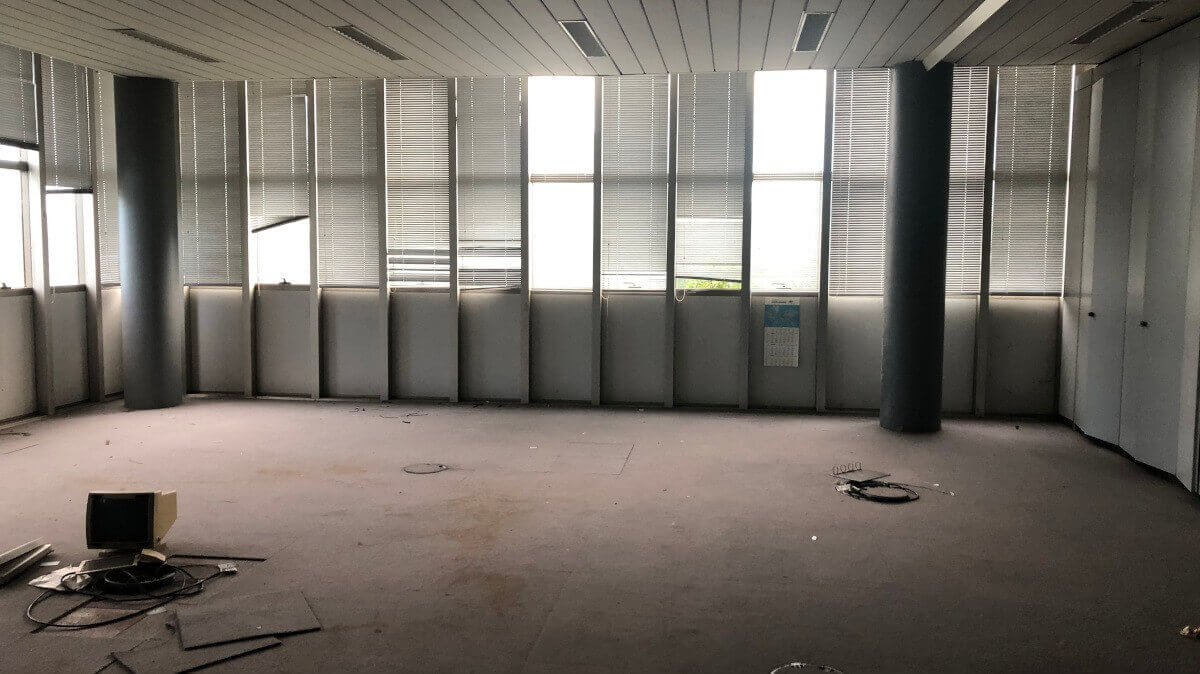







And last but not least: Bugatti developed a vehicle from scratch with the EB110, which was clearly ahead of its time and the competition. So it happened not only once that potential customers showed up at the Bugatti factory with vehicles from the immediate competition of the Modenese region and rolled off again with a new Bugatti. And who of the established manufacturers would want to tolerate an upstart right on their doorstep? But in the end, what probably broke Bugatti’s neck was that the suppliers stopped delivering parts because invoices weren’t paid. No payment, no parts, no production, and at some point, unfortunately, the money was gone.
It’s sad to see the factory site so empty today, but at the same time also deeply impressive. Enrico and his father still live the dream of Bugatti every day with a passion, that is second to none. The guided tours are free of charge in exchange for a voluntary donation to Enrico and his father. The buildings are maintained with the simplest means and currently belong to a lawyer from Rome. There are some ideas for a renaissance of the site in the heads of the Secret Classics team for sure. If you want to know more, please contact us. Maybe we will actually manage to keep the legend alive and fill ‘La Fabbrica Blu’ with life again.
Images: Oliver Kühlein



